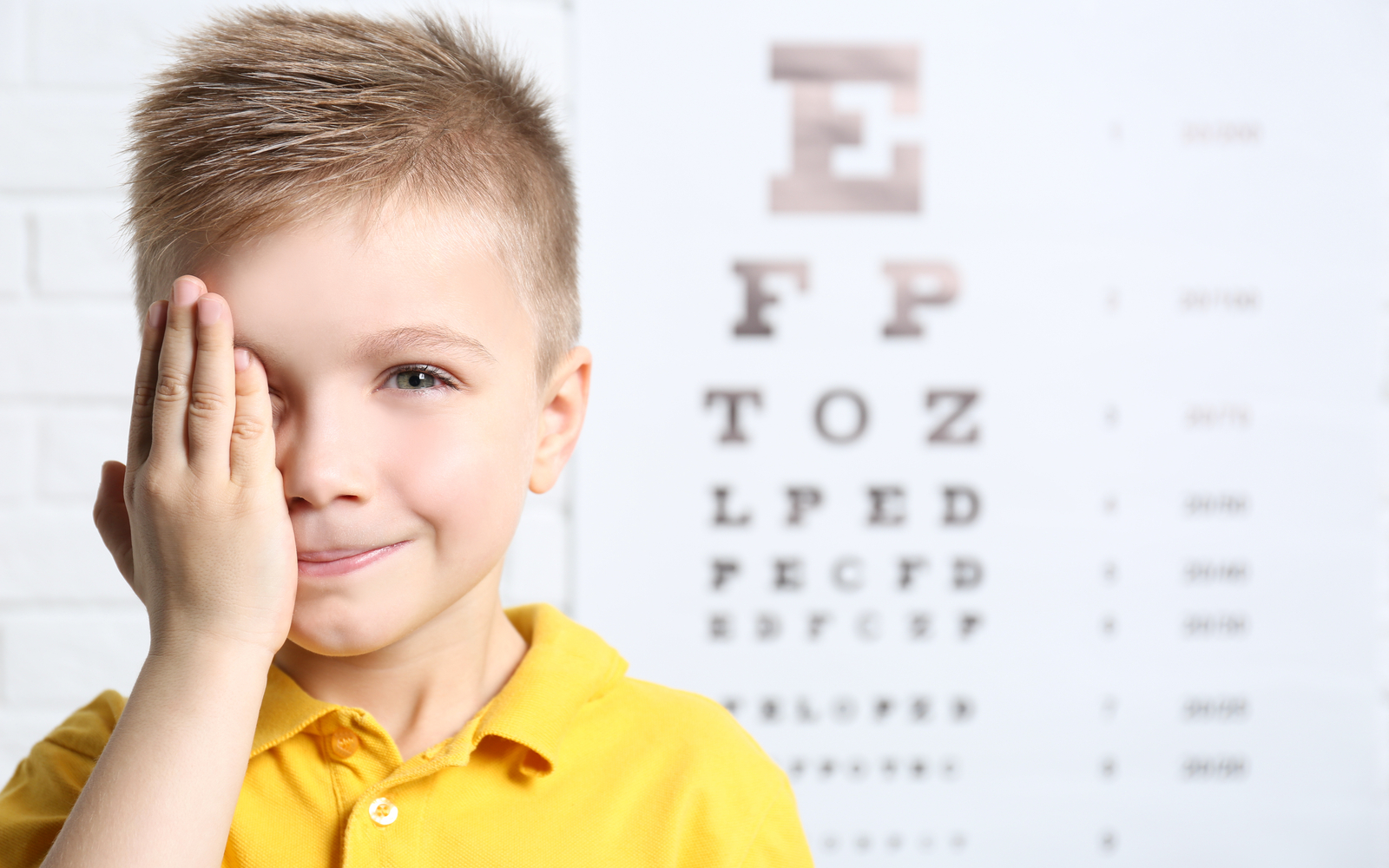When Should My Child Have an Eye Exam?

Early eye exams are essential for your child’s vision, but most often, among many of the responsibilities parents have, understanding when their children should get an eye exam seems blurry. Because your child’s eyesight is essential, knowing the years when your child should have an eye exam matters in caring for your child’s ability to see clearly. Here’s what you should know about eye exams, your child’s eye development, and when to come to our office.
What Happens to Your Child’s Vision?
Your child’s eye muscles as a newborn are still in development the moment they’re born – they’re able to follow light, shadow, and see the variations of gray. Their vision is highly focused between 8-12 inches away, where after that point, their vision becomes blurry. During this period, they’re able to learn how to focus through facial recognition and moving objects. Over time, your child’s eyes will be able to track brightly colored, moving objects, and stimulate their development. Depth perception and the retina will form in between the first three to six months of their lives. In between the next four to 12 months, their eye development continues to grow in recognizing other faces, recognizing new versus familiar objects, and respond to interactions with parents and loved ones.
All the while, the eyes are gaining strength, their nerve connections are multiplying, and thus, they are able to improve their body coordination through activities. Eye development happens throughout a child’s life, making it one of the most vital parts of a child’s health.
The First Visit: 1-Year-Old
At a year old, your child will be able to participate in their first eye exam! So, what does this mean? As ophthalmologists, this age helps determine how your child’s processing visual information and how their eyes are aligning and moving over time. During this exam, your doctor will perform these tests:
- Light reflex test – Your baby will respond the red, bright light aimed at their retina, which will indicate their ability to respond to light by blinking
- Pupil response test – The pupil response also involves using a light aimed at the pupil of the eye to test the retina’s ability to refract to light.
- Vision acuity test – The vision acuity test measures the child’s ability to follow an object or toy.
- Visual response test – This test stimulates the eyes with graphic patterns and bright lights, and through this test, records the baby’s optical activity in how they respond to those patterns.
This first visit mus be followed up by annual visits later on during their infancy and toddler years to measure more complex aspects of vision, which include their movement, alignment, ability to recognize distance, and ability to recognize color. At the eye doctor, these vision tests are meant to help detect any early signs of visual problems during your child’s development.
To prepare for your child’s first vision test, and how to keep track of your child’s vision throughout their life, please contact Dr. Paul Trapeni Jr at The Optical Shoppe in Smyrna, TN, to schedule your baby’s first appointment today.

Dr. Paul D. Trapeni JrAt The Optical Shoppe, we're dedicated to optometry excellence under the guidance of Dr. Paul D Trapeni. Serving the Smyrna community since 1989, Dr. Trapeni is a trusted member of the community, bringing general and specialized optometry care to individuals and families throughout the area.


